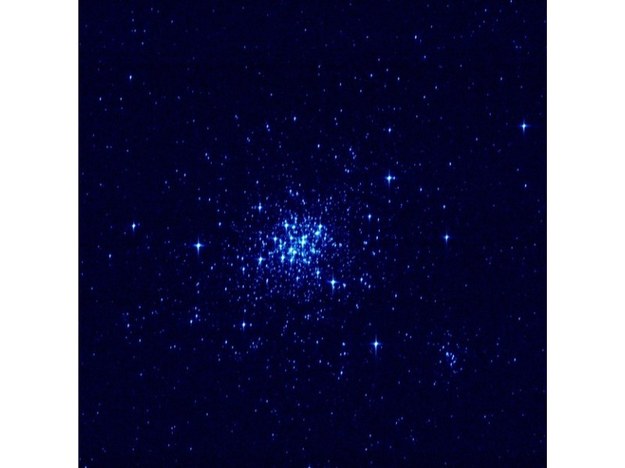Once the “Gaia” will carry out scientific measurements, is going to generate huge amounts of data. The final archive data from the probe “Gaia” will take more than a million gigabytes, equivalent to about 200 000 DVDs. Processing the huge amount of valuable data for the scientific community will take a consortium of Gaia for the processing and analysis of data, consisting of more than 400 people from various European research institutions. To maximize the scientific usefulness of the data, only some of them will hit the Earth objective analysis – will be sent only fragments centered on the image of individual stars.
“Gaia” was launched December 19, 2013 and now orbits a contractual point in space, called L2, about 1.5 million kilometers from Earth. Its aim is to create the most accurate maps in the history of the Milky Way. Probe leads precise measurements of the position and movement of about 1 percent. with approximately 100 billion stars in our Galaxy all. This will help to answer questions about the origin and evolution of the Milky Way. Repeatedly scanning the sky, “Gaia” will log the light from the stars about 70 times over five years. In addition to the position and movement, the satellite will measure the physical properties of stars, including their brightness, temperature and chemical composition.
For this purpose, “Gaia” will slowly revolved, raking the sky its two telescopes that will focus the light on a digital camera having a matrix composed of almost a billion pixels – the largest ever flown in space. But first telescopes must be correctly set, the light properly focused, and other instruments accurately calibrated. This procedure will take several months, and then “Gaia” will be ready to begin its five-year scientific mission.Observation of a billion stars all over the probe will take only the first 6 months. However, repeating the observation period of 5 years is required to register their small motion on the celestial sphere, which will allow astronomers to determine the distance to them and movement in space.
As a result, to give the final catalog of measurements made by Gaia will need wait three years from the end of the five-year operational phase. Previously published data sets will be indirect. In the case of fast-moving objects such as supernovae detected within a few hours of the processing of data about them will be published in the appropriate alerts.

No comments:
Post a Comment